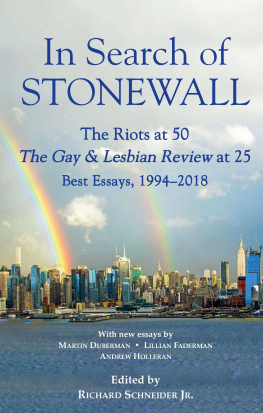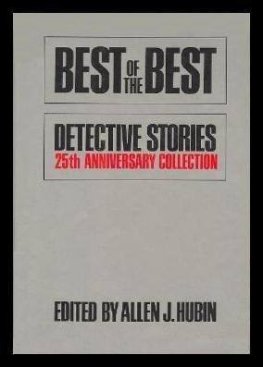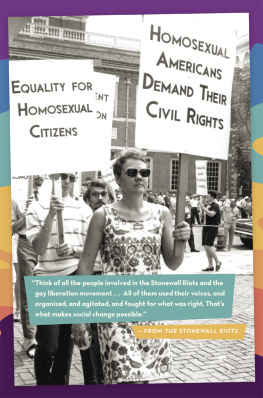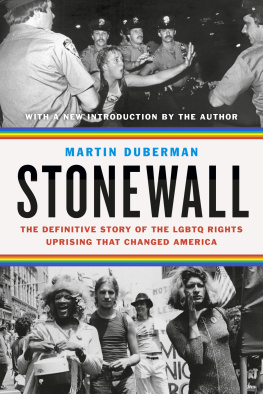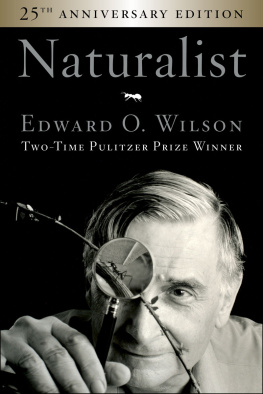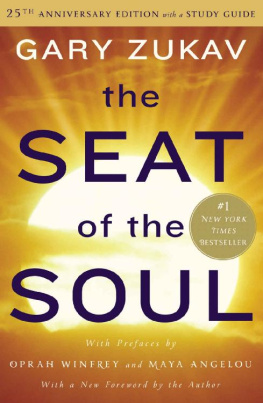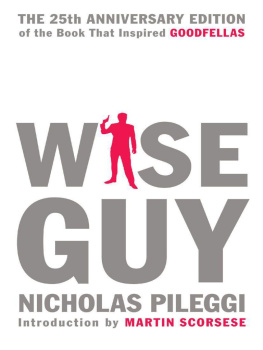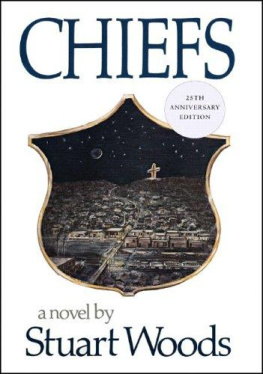
In Search of
STONEWALL
The Riots at 50
The Gay & Lesbian Review at 25
Best Essays, 1994 2018
Edited by Richard Schneider Jr.
G&LR Books
Boston, Massachusetts
Copyright 2019 by G&LR Books All Rights Reserved.
All rights reserved. No part of this publication may be reproduced, distributed, or transmitted in any form or by any means, including photocopying, recording, or other electronic or mechanical methods, without the prior written permission of the publisher, except in the case of brief quotations embodied in critical re- views and certain other noncommercial uses permitted by copyright law. For permission requests, write to the publisher at the postal or e-mail address below.
G&LR BOOKS
PO Box 180300
Boston, MA 20118
In Search of Stonewall / Richard Schneider Jr. - 1st edition ISBN: 978-0-578-41108-8
Dedicated to the more than 1,300 writers who have contributed to THE GAY & LESBIAN REVIEW / WORLDWIDE over the past 25 years
Preface
In Search of Stonewall
R ICHARD S CHNEIDER J R .
THE year was 1994. It was the 25th anniversary of the Stonewall Riots and, as luck would have it, the year in which a new magazine called The Harvard Gay & Lesbian Review was publishing its first issue (Winter '94). The "Harvard" was dropped in 2000 and "Worldwide" added, but other than that The G&LR has had an uninterrupted run of 136 issues over the past quarter-century. The fact that our first year coincided with Stonewall's 25th proved a happy coincidence, if only because it gave us something important to talk about that year. But it also joined our fate with that of the founding event of the modern LGBT movement. This book commemorates our own 25th birthday with a collection of Stonewall-related articles selected from the issues published to date.
I've chosen the title "In Search of Stonewall" for this collection because it seems to me that the events of 1969 remain elusive in at least two ways. First, there is the journalistic question of just what happened on the night of June 28th (who started the riot, what happened next, etc.). Second, because "Stonewall" exists as a symbol of the LGBT movement quite apart from the historic event itself, the search is always on for the meaning of Stonewall as it was first conceived and as it has evolved over the years. If nothing else, it is a marker in historical time with a clearly defined "before" and "after." But to imply that Stonewall interrupted the flow of history, singlehandedly resetting the LGBT calendar, is to pile a lot of responsibility onto a single event or era. Still, something happened, and it happened quite rapidly and even magically after the riots, so in this sense the search for Stonewall can also be a desire to reconnect with the overpowering energy and excitement of this period.
The sequence of events following the riots-the founding of new gay organizations, new publications, the first Pride parade in June 1970, and so on-are indeed a breathtaking slice of history. The question of why Stonewall became the symbolic birthplace of the modern LGBT movement has been raised, sometimes with considerable passion, by many people who point out that the West Coast is where the movement really began, way back in the 1950s, complete with organizations and magazines and even riots long before 1969. The fact that it took New York City to sparka national movement undoubtedly has more to do with that city's sheer size and dominance of the news media, especially at that time, than to a lack of passion or organizing savvy on the West Coast. (Also, let's face it: "Stonewall" is a damn good name for a popular struggle. What if the riots had happened at Uncle Charlie's?)
What distinguished the early movement as it fanned out from New York was a new emphasis on "coming out" about one's sexuality to family, friends, and anyone who would listen. California groups like the Mattachine and the Daughters of Bilitis were secretive organizations whose members largely hid their identities. The concept of coming out as a personal imperative was clearly a prerequisite for a mass movement, which is by definition a public undertaking. Feminists and leftists at the time exhorted people to see the personal as the political. LGBT people had no choice: the decision to come out as gay-especially when homosexuality was illegal-was an intrinsically political action.
The Stonewall Riots have often been compared to the Storming of the Bastille in 1789. It's a fair comparison, however much they differed in size and scale: both were collective acts of resistance against an oppressive establishment; both demonstrated the power of numbers and the possibility of fighting back; and both gave rise to a movement for which this founding event became a rallying cry. For the LGBT rights movement, having a symbolic starting point has been especially important. Unlike the Civil Rights Movement, which was assembled and sustained by charismatic leaders like Martin Luther King, Jr., the LGBT movement never really produced a central figure to personify its goals. Stonewall provided not only a founding event but also an anniversary to celebrate each June.
THIS book is organized into four sections comprised of articles from The G&LR 's first 25 years. Here is a rundown of some of the burning issues addressed by our many illustrious authors.
The stature of Stonewall as a mythical starting point might be expected to render the details of the riots themselves inconsequential. No one cared that the Bastille housed only a handful of prisoners. And yet, the question of what took place on that June night, and above all who participated, has never been settled to everyone's satisfaction and seems to be gaining in urgency. Most of the attention has centered on the demographic question of who was present at the Inn-what was the ethnic mix, the ratio of drag queens to working-class youths, etc.-and who threw the first punch or the first brick. It matters because the presence of the various constituents of this LGBT+ coalition of ours at the movement's founding has come to be seen as a mark of legitimacy. These lingering controversies, among others, will be taken up in PART I of this book. In addition to the eyewitness accounts, several pieces address the age-old question of why Stonewall "caught on" and created a revolution while earlier events did not.
Just as the Storming of the Bastille was preceded by years of skirmishes and pamphleteering that should have tipped off the monarchy that something was afoot, Stonewall-or rather the explosion of organizing and protest that followed-was the culmination of two decades of conscientious efforts to pull a "homophile" movement together, most of them on the West Coast, as the articles in I reveal. Harry Hay, founder of the Mattachine Society in L.A. in 1948, is often credited as the first gay organizer, with Del Martin and Phyllis Lyon not far behind with the Daughters of Bilitis. There were even some riots at gay bars in San Francisco and L.A. in the 1960s, though they never reached the scale of Stonewall. Meanwhile, on the East Coast, Frank Kameny and his posse were demonstrating peacefully in front of government buildings in the 1960s. It would be hard to argue that these efforts led directly to the riots of '69, but organizations like the Mattachine are what morphed into the far more radical groups, such as the Gay Liberation Front, that now emerged.
What happened right after the riots, the subject of PART III, made all the difference in the formation of a viable mass movement. Here it's worth noting that "Stonewall" became a touchstone for gay resistance soon after the event itself, and indeed the effort to create a symbol was quite deliberate on the part of early leaders (notably Craig Rodwell). What solidified the symbolism was the choice of a date for New York's first gay pride parade to coincide with the first anniversary of Stonewall. Why the early gay liberation movement adopted the very radical agenda that it did can only be understood in the context of the times. The riots occurred during the same summer as Woodstock, which might be seen as the high water mark of the Counterculture of the 1960s and '70s. The Civil Rights Movement of the '50s had given way to Black Power; the antiwar movement was colossal and growing; and the Women's Movement was becoming an all-out Sexual Revolution. No doubt it was the latter to which the LGBT movement owed its closest allegiance and its early success. For if premarital sex was suddenly fair game after centuries of prohibition, not to mention divorce and serial monogamy and hitherto unheard-of sexual possibilities (see The Joy of Sex ), why not same-sex relations and identities? Indeed the early gay movement took its place at the head of the Sexual Revolution, calling for a complete rejection of puritanical restrictions in favor of an ethic that allowed consenting adults to engage in sexual relations regardless of gender, marital status, number of participants, or whatever.
Next page
